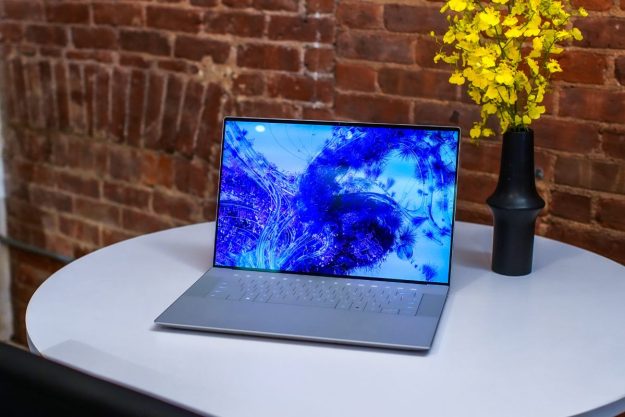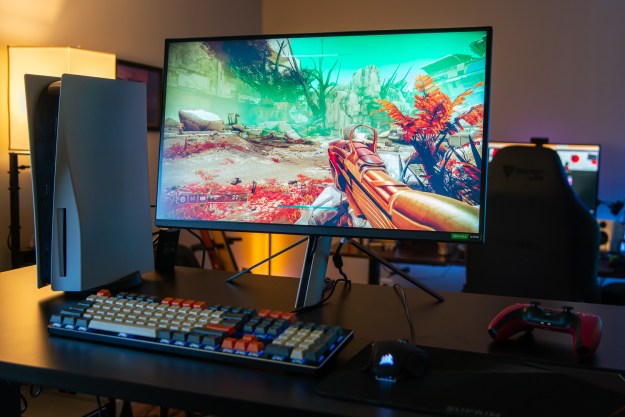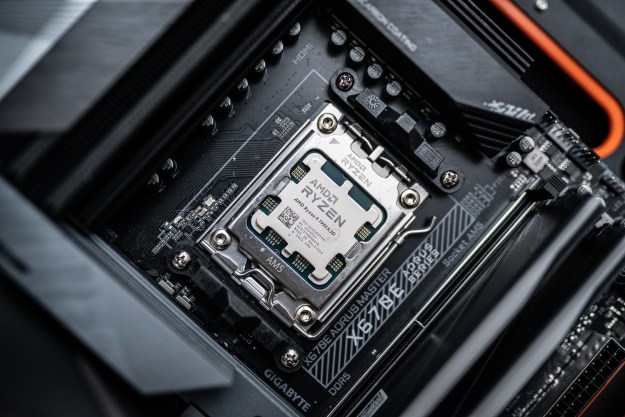The device, one of many Indiegogo success stories on display at CES, is designed to simplify your digital life. It’s essentially a storage device that plugs directly into your home router, and allows you to easily upload all your content — photos, videos, etc. — to a centralized location. The shockproof, 1TB drive is then accessible from anywhere using an accompanying mobile app, assuming you have a valid internet connection, giving you a quick means for syncing and sharing content across a network of devices. Best of all, unlike Google Drive and many other cloud-storage alternatives, there’s no additional fee associated with Halos’ offering.

Centralized storage is nothing newer, however, which is why Halos decided to outfit the CatDrive with a wealth of additional features. You can quickly set up the drive to automatically back up content from your iOS or Android device, for instance, or create a private account for each member of your family, ensuring their content is kept from prying eyes. Other features, namely the device’s robust search capabilities, come standard.
The CatDrive is currently available for pre-order and will retail for $99 when it officially launches at the end of January.




